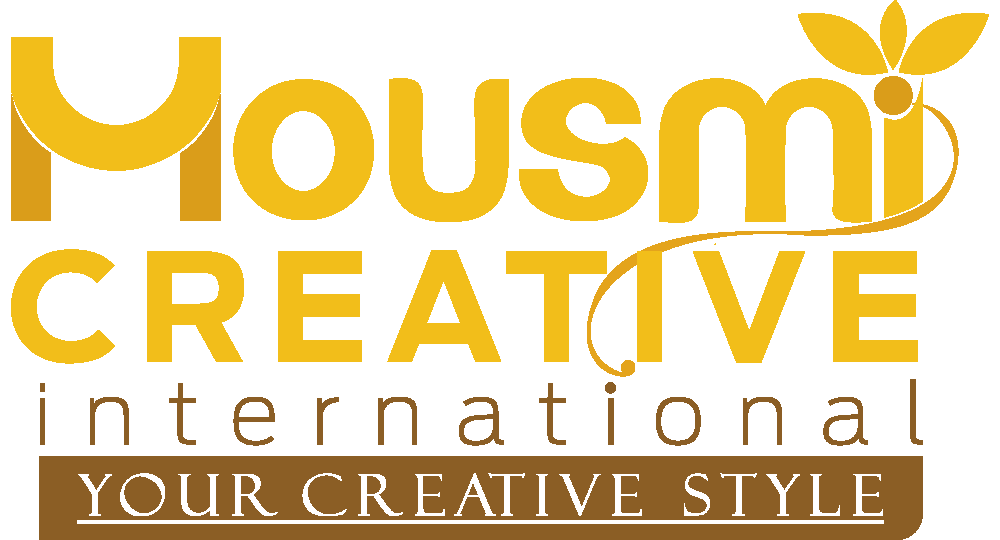Within the intricate world of equestrian gear, a common source of confusion lies in distinguishing between two vital components: the bridle and the headstall. Both integral to horse riding, these elements serve distinct purposes, each contributing to the communication and control between rider and horse. In this article, we will delve into the nuances difference between bridal and a headstall , shedding light on their unique functions, designs, and roles in the equestrian realm.
Difference between a bridal and a headstall :
The Bridle:
A bridle is a fundamental piece of horse equipment that encompasses a variety of components, each playing a specific role in guiding and directing the horse’s movements. The key elements of a bridle include the headstall, reins, bit, and sometimes, additional features like a noseband or throatlatch.
Headstall:
The headstall is a crucial part of the bridle, serving as the foundation upon which the entire apparatus is constructed. It consists of a leather or synthetic strap that encircles the horse’s head, positioning the bit within the mouth. The leather headstall also maintains stability, ensuring that the bridle stays securely in place during riding. It is typically adjustable to accommodate different horse sizes and head shapes.
Bit:
Connected to the headstall, the bit is an essential communication tool between rider and horse. Bits come in various materials, shapes, and sizes, and they exert pressure on the horse’s mouth to convey commands. Different types of bits are designed for specific riding disciplines and rider preferences, emphasizing communication, control, or comfort.
Reins:
Attached to the bit, reins provide the rider with a direct means of guiding and controlling the horse’s movements. Through the reins, riders can communicate cues for turning, stopping, and transitioning between gaits.
Noseband and Throatlatch:
Some bridles incorporate additional features like a noseband, which encircles the horse’s nose and aids in controlling the horse’s head carriage. A throatlatch secures the bridle by fastening beneath the horse’s throat, preventing it from slipping off during riding.
The Headstall: A Closer Look
Contrary to the multi-component structure of a bridle, difference between bridal and a headstall as a singular piece of equestrian equipment, distinct in its function and design.
Purpose:
The headstall’s primary function is to secure the bit within the horse’s mouth. It consists of two cheekpieces, crownpiece, and a browband. The cheekpieces attach to the bit rings and extend around the horse’s cheeks, connecting to the crownpiece that rests atop the head. The browband prevents the headstall from sliding down the horse’s neck.
Design:
Headstalls are often designed to be aesthetically appealing, showcasing intricate patterns, tooling, or embellishments that reflect the rider’s personal style or cultural influences. This design focus headstalls sets apart from bridles, which prioritize functionality over aesthetics due to their multiple integrated components.
Conclusion
In the realm of equestrian equipment, the distinction between a bridle and a headstall lies in their complexity, design, and purpose. Bridles, encompassing a comprehensive range of components, serve as a complete communication and control system between rider and horse. On the other hand, difference between bridal and a headstall are singular pieces focused primarily on securing the bit within the horse’s mouth, often accentuated by decorative elements that reflect individual preferences.
Understanding the difference between a bridle and a headstall is crucial for equestrians seeking to enhance their horsemanship skills and ensure the well-being of their equine partners. Whether one opts for the comprehensive functionality of a bridle or the aesthetic allure of a headstall, both pieces of equipment remain essential to the art of horse riding, fostering a harmonious and effective partnership between rider and horse.


